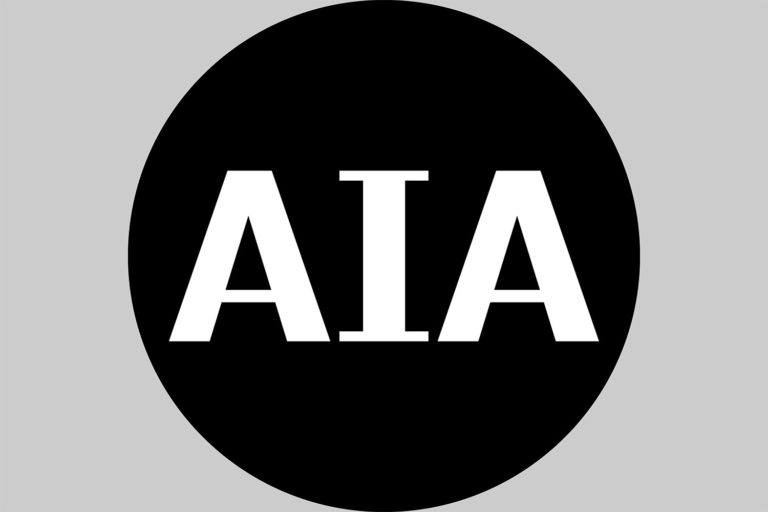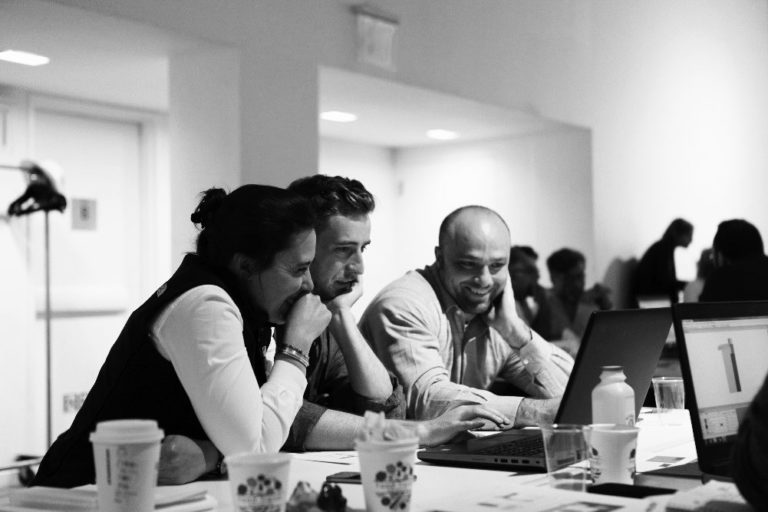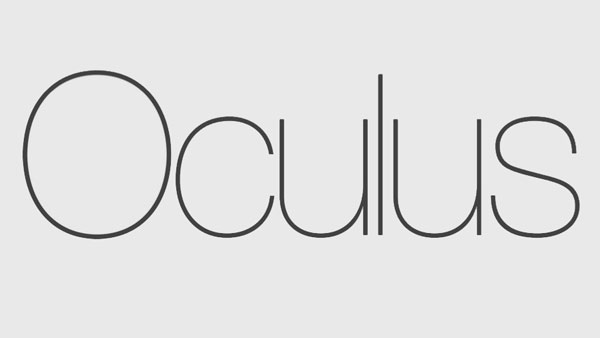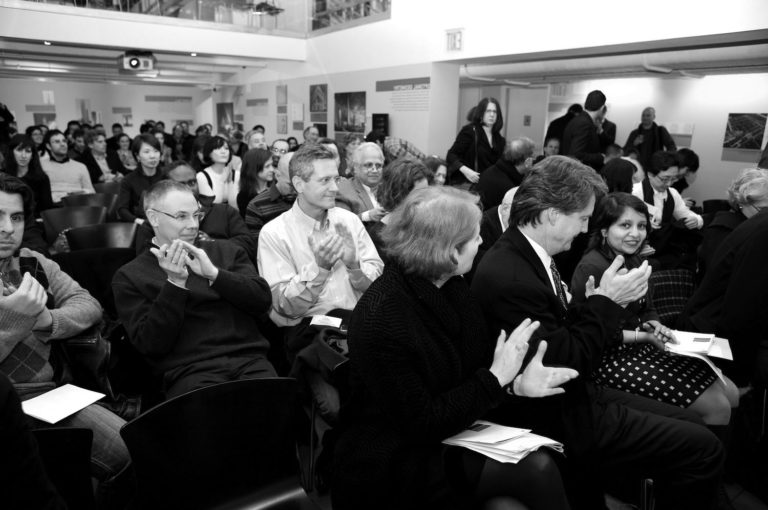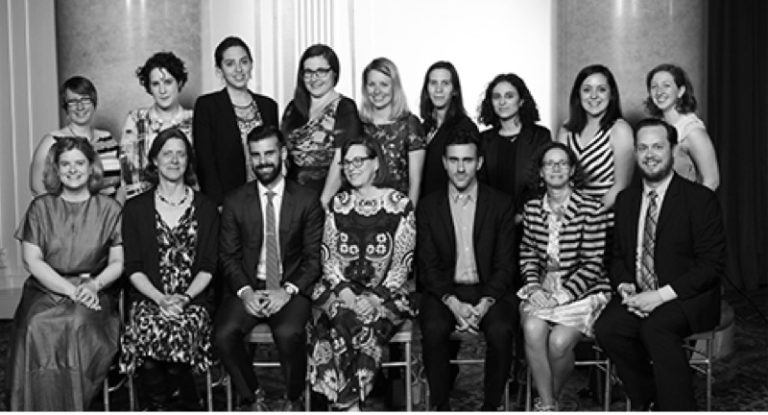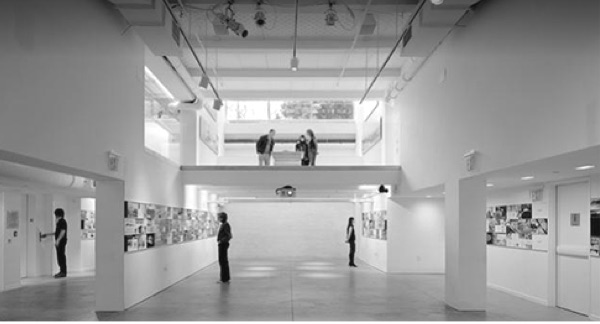by: admin
Event: Oculus Book Talk: James Russell, The Agile City
Location: Center for Architecture, 09.15.11
Speakers: James S. Russell, FAIA — Bloomberg Architecture Critic & Urban Analyst, Author of The Agile City (Island Press, 2011)
Organizers: AIANY Oculus Committee
“We need to focus on solutions to issues for the next five years to turn this industry and economy around, not 20 years from now,” bemoaned a colleague of mine on the economic state of our industry and our country. So with the title of James S. Russell, FAIA’s book The Agile City: Building Well-being and Wealth in an Era of Climate Change, the answer to questions about needing another book on the era of climate change is most definitely yes!
The Agile City is not just another book on this subject. As architecture columnist for Bloomberg News, Russell does what so few do well — viably connecting mainstream economics with building civic engagement and place-making strategies. “The same kinds of design acumen and analytical prowess that the nation regularly invests in biotechnical breakthroughs or in building a better portable music player can be applied to cities and the environment. We simply have to choose to focus our talents in this way.” We only have to look at Hurricanes Katrina and Irene to be reminded that this lack of attention does come at a cost and it’s not just on the lines of a ledger. The agile city would develop out of inventive policies that “deploy regulations straightforwardly, balancing them with incentives. Rules will reward performance (energy, water, and emissions saved), rather than prescribing what light bulbs we’ll use and what cars we’ll drive…. producing economic values that gross domestic product (GDP) fails to measure, like increased real estate values from repaired natural systems and health care costs saved from reduced rates of cancer.”
Russell draws our attention back to carbon neutrality in buildings and transportation, the two largest sources of U.S. greenhouse gas emissions that respectively account for 40% and 28% of emissions. He provokes us with his questions around planning for both our cities and our suburbs asking how we can reconcile change with the “understandable fear of neighborhoods and individuals that they will bear the brunt of the burdens.”
So what is the 21st-century community that Russell envisions and why have some cities in Europe been more successful than we in accomplishing this? Is shared public and civic space less important to us as a culture? This question resonates most recently with changes in our own city. For spaces like Times Square and its lawn chairs “Janette Sadik-Khan, was not shoving a carbon-reduction strategy down citizens’ throats,” writes Russell, “but was cutting through a bureaucratically encrusted process that had made a task as minor as relocating a curb as complex as negotiating a major international treaty. The Times Square strategy inspired by a street-design innovator from Copenhagen, Jan Gehl, was driven by the need to smooth traffic flow, which was done by reducing the number of intersections that were too close together, and making pedestrian movement smoother and safer — both incidentally, carbon-reduction tactics.” In a city with no backyard, it was exciting to find places where there actually was one. This is a perfect example of what Russell illustrates as a goal — how the government can encourage people to embrace new attitudes toward community and the economics of ownership, whether in the public private realm.
The power to take action is in our hands. As a first step, read this book and then connect the dots for yourself in terms of professional practice, economic growth, and being part of the change toward a more “agile city”.
Maxinne Rhea Leighton, Assoc. AIA, is a member of the AIANY Oculus Committee. She is in charge of managing the Northeast Region Business Development and Marketing at Parsons Brinkerhoff. Maxinne is also working with the New York Transit Museum on a new book on Grand Central Terminal for its centennial in February 2013.
Note about Oculus Book Talks: Each month, the AIANY Oculus Committee hosts a Book Talk at the Center for Architecture. Each talk highlights a recent publication on architecture, design, or the built environment — presented by the author. The Book Talks are a forum for dialogue and discussion, and copies of the publications are available for purchase and signing. The next talk will take place on 10.25.11, featuring a conversation between Janette Sadik-Khan and David Byrne, author of Bicycle Diaries. Click here to RSVP.
